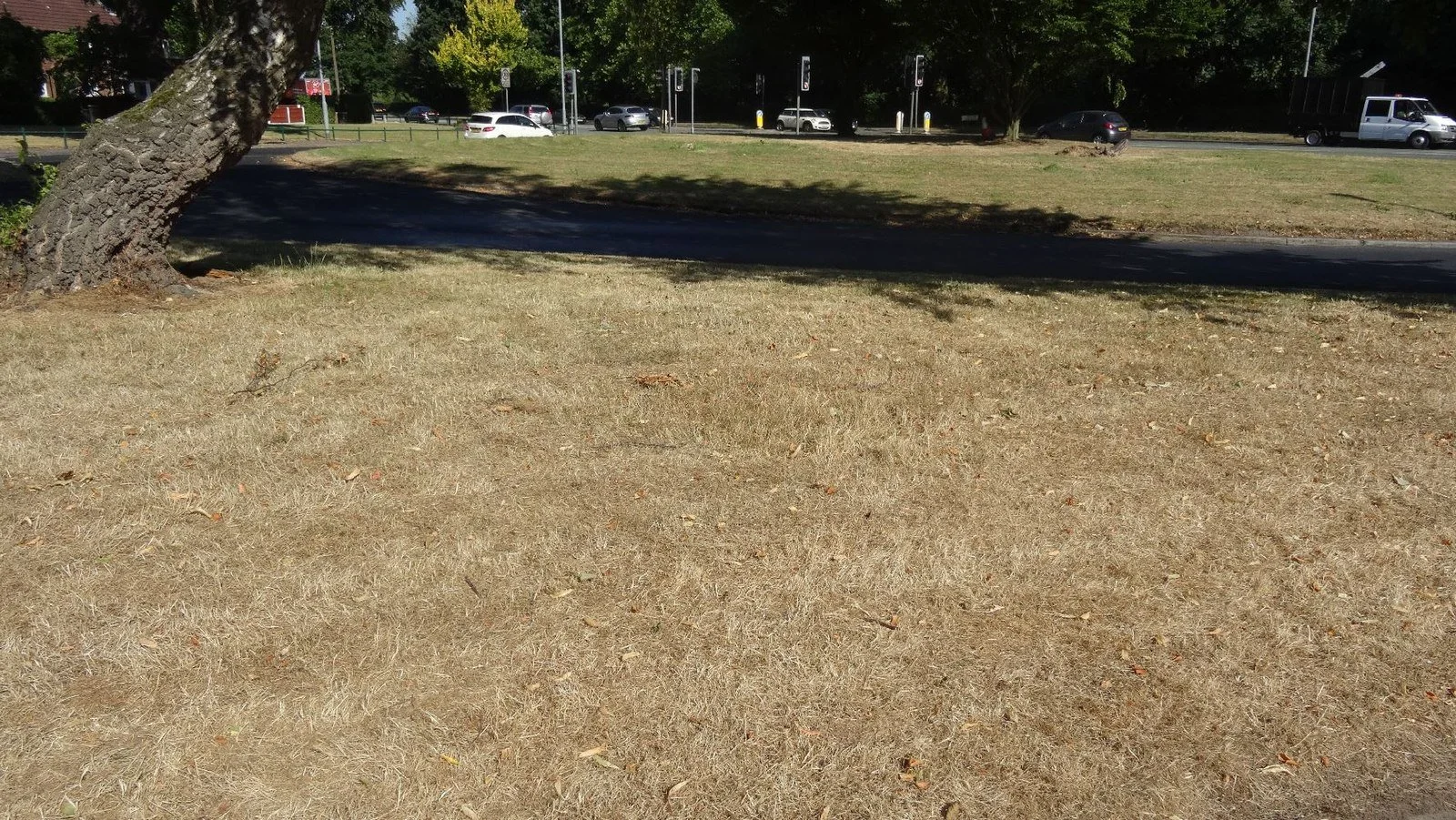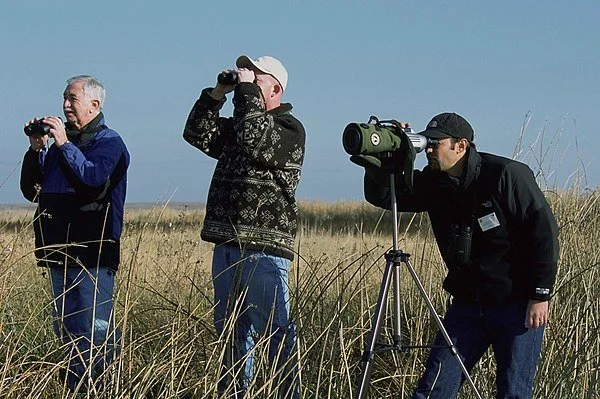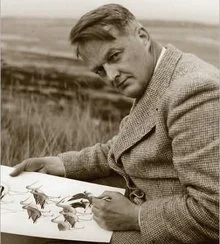Lawns are killers
Groundcover of Vinca major. Better this than…
….this
Adapted from Robert Whitcomb’s “Digital Diary,’’ in GoLocal24.com
Looking at New England’s parched lawns in the past few weeks reminded me of the environmental damage done by America’s post-World War II obsession with lawns, which has a lot to do with the explosion of suburban growth, subsidized by federal, state and local policies. Showing off your lawn has been a competitive sport.
Think of all that water and the toxic fertilizers, pesticides and herbicides dumped on lawns to try to defy the cycles of nature! (Nature in New England wants woods, not lawns.) Of course, the chemicals in the fertilizers and pesticides end up in ground water, streams, ponds and the ocean. Then there are the heavily polluting, gasoline-fueled lawn mowers.
Still, it’s easy to see the attractions of lawns: soothing green open space around houses, to look at and lie, sit and play on.
Anyway, it’s been gratifying to see more people replacing all or part of their lawns with various ground covers that require much less water and little or no chemicals. They stay green with little care. And you don’t have to mow them, just occasionally do some clipping, depending on the height of the plants. And birds much prefer ground cover, which provide much more food than lawns as well as shelter for some species. Okay, I know that some people don’t like squirrels, rabbits and chipmunks….
But Americans have been indoctrinated to have lawns. It may take years of further environmental damage amidst climate change to get many more of us to sharply reduce the space we devote to them.
You might enjoy this video.
New England has long had many birders – in the countryside, the suburbs and even cities. Indeed, it may be the birding center of America. The hobby pays off for the rest of us not only as a fun force for identifying and photographing birds, many of which are beautiful, but also, in the case of endangered species, helping to save them through publicity. Birders also monitor the local conditions of nature in general. They’re watchmen (or is it watchpersons?) of the environment as they wander outside with their binoculars and notebooks.
When I think of birds I always remember a talk at my high school, in Connecticut, by Roger Tory Peterson, the famed American naturalist, ornithologist, illustrator and educator, about the centrality of birds in nature, and around the same time reading Silent Spring (silent because of the disappearance of bird song in many places) by Rachel Carson, about how pesticides were killing many creatures. The book helped lead to the creation of the EPA and the Endangered Species Act.
It seems hard to believe now that we blithely sprayed vast areas with DDT, dumped cancer-causing chemicals in the ground and water and used lead in most gasoline and house paint. (Yes, lead paint was popular because it lasted a long time on walls.)
Roger Tory Peterson at work, probably in or near the Connecticut River Valley.



